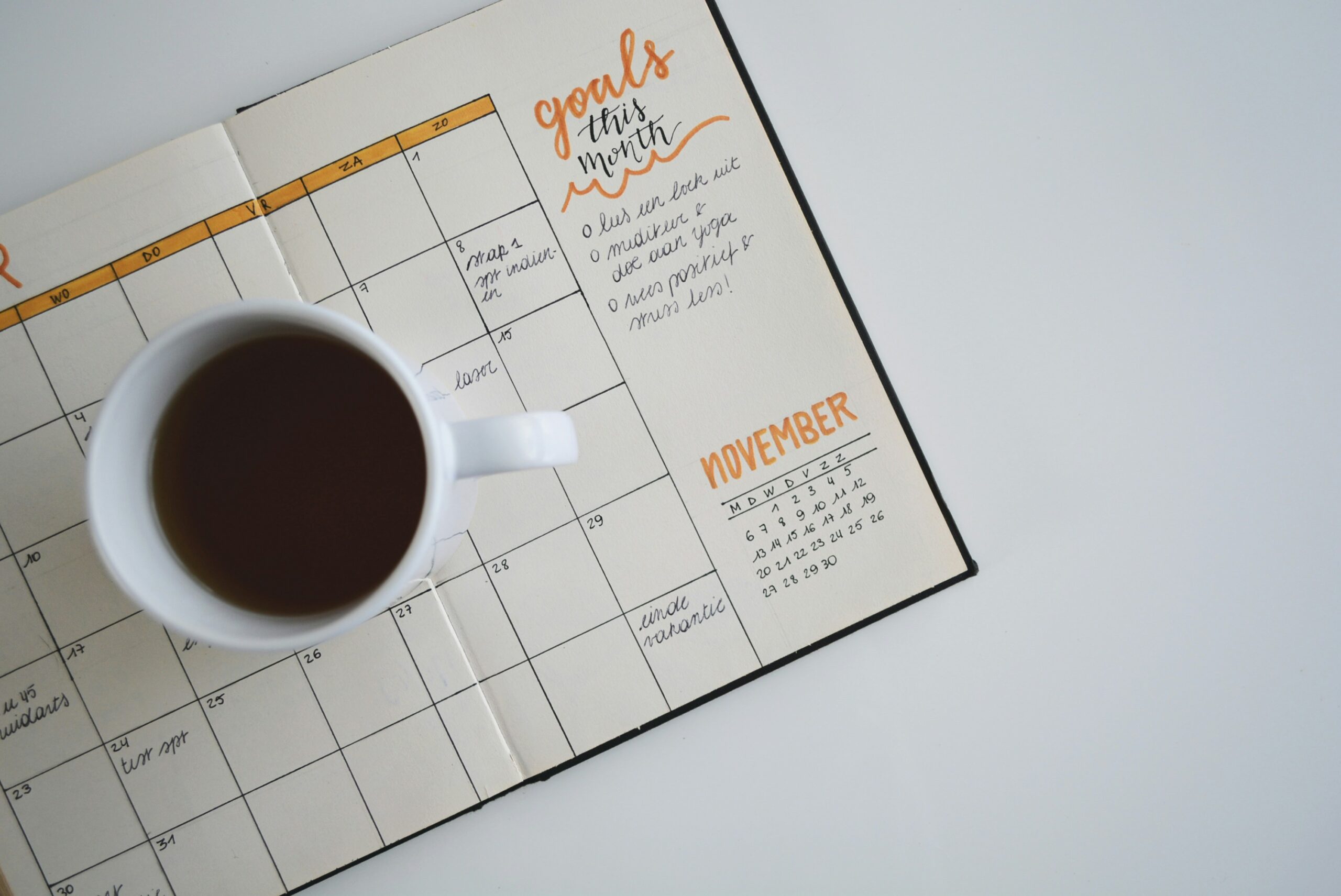As the 2025 school year unfolds, many families across New South Wales are preparing their calendars around the official holiday periods. These breaks are more than just time off from academics; they play a vital role in fostering mental wellbeing, resilience, and focus in students. Research indicates that rest periods aren’t just passive breaks; they actively support learning and emotional health. We'll touch more on this below.
2025 NSW School Term Dates
| Term | Dates |
|---|---|
| Term 1 | Thursday 6 February - Friday 11 April 2025 |
| Term 2 | Wednesday 30 April - Friday 4 July 2025 |
| Term 3 | Tuesday 22 July - Friday 26 September 2025 |
| Term 4 | Tuesday 14 October - Friday 19 December 2025 |
2025 NSW School Holiday Dates
| Holiday Season | Dates (Eastern & Western unless specified) |
|---|---|
| Autumn holidays | Monday 14 April – Thursday 24 April 2025 |
| Winter holidays | Monday 7 July – Friday 18 July 2025 |
| Spring holidays | Monday 29 September – Friday 10 October 2025 |
| Summer holidays (Eastern division) | Monday 22 December 2025 – Monday 26 January 2026 |
| Summer holidays (Western division) | Monday 22 December 2025 – Monday 2 February 2026 |
Note: Dates apply to NSW public schools. Independent and Catholic schools may vary—always check your school’s calendar.
2025 Sample private school dates (NSW)
Independent schools set their own calendars, so dates can differ from NSW government schools. The examples below are illustrative only.
| Term | The King’s School (Parramatta) | St Catherine’s School (Waverley) | Knox Grammar School (Wahroonga) |
|---|---|---|---|
| Term 1 | Fri 31 Jan – Thu 10 Apr | Fri 31 Jan – Fri 11 Apr | Fri 31 Jan – Fri 11 Apr |
| Term 2 | Tue 29 Apr – Fri 27 Jun | Mon 28 Apr – Fri 27 Jun | Tue 29 Apr – Fri 27 Jun |
| Term 3 | Tue 22 Jul – Fri 26 Sep | Tue 22 Jul – Fri 26 Sep | Tue 22 Jul – Fri 26 Sep |
| Term 4 | Tue 14 Oct – Thu 4 Dec | Mon 13 Oct – Wed 3 Dec | Tue 14 Oct – Thu 4 Dec |
Disclaimer:
Private/non-government school holidays often vary from state/government school holidays. There is no definitive set of school holiday dates that applies to every private school. Please check with each individual school for accurate dates.
2025 Public Holidays (NSW)
| Public Holiday | Date |
|---|---|
| New Year’s Day | 1 January |
| Australia Day | 27 January |
| Good Friday | 18 April |
| Easter Monday | 21 April |
| ANZAC Day | 25 April |
| King’s Birthday | 9 June |
| Labour Day | 6 October |
| Christmas Day | 25 December |
| Boxing Day | 26 December |
Making the Most of School Holidays (What the Research Says)
School holidays aren’t just “time off”. They’re a built-in reset that supports brain consolidation, emotional regulation, resilience and social connection. The sweet spot is a balanced routine: enough downtime to recover, enough purposeful activity to grow, and - especially for teens - a light, strategic study rhythm.
Experts from the University of Sydney emphasise that even short mental pauses, such as five-minute “brain breaks,” can improve attention and refresh cognitive function (5-minute brain break: refresh your mind, The University of Sydney). On a broader level, structured rest during school holidays has been shown to reduce stress and promote emotional well-being (School Holidays: the importance of rest and relaxation, Calm Kids).
Data backs this up: research in child psychology shows that regular breaks can increase productivity by up to 30% and help prevent burnout in school-aged children. Moreover, findings from the Australian Institute of Family Studies reveal that students who engage in meaningful downtime exhibit stronger concentration and problem-solving abilities when they return to school. Clearly, holidays are not just a pause; they are crucial to sustaining long-term academic and emotional resilience.
To help families plan ahead, here are some activity and wellbeing ideas tailored to each holiday period in 2025. These suggestions encourage balance—ensuring students rest, reconnect, and return to school refreshed.
Evidence-based essentials for every age
-
Prioritise real downtime and sleep. Short breaks restore focus; genuine “do nothing” time lets the brain consolidate memories and make meaning.
-
Protect unstructured play. Free play strengthens creativity, problem-solving and emotional self-regulation—key foundations for later academic success.
-
Move daily and get outdoors. Physical activity lowers stress and boosts attention and memory.
-
Strengthen connection. Family time (meals, library trips, board games) builds belonging; co-viewing media and discussing it turns screen time into learning time.
-
Balance screens. Set clear limits, model healthy use, and offer better alternatives (play, movement, social catch-ups).
-
Keep a light routine. Anchor days around predictable touchpoints (mornings, meals, bedtime). Avoid both over-scheduling and total free-for-all.
-
Plan the return. In the final week, nudge sleep/wake times back, refresh school bags/study spaces, and name any first-day jitters.
Primary years (5–12): how to use the break
-
Daily unstructured play. Forts, dress-ups, treasure hunts, Lego, cloud-spotting—cognitive flexibility without the “study” label.
-
Creative expression. Baking, music, craft and drama help kids process emotions and practise teamwork.
-
Social play. Playdates and co-operative games teach turn-taking, fair play, and handling wins/losses.
-
“Learning in disguise.” Puzzles, cooking (measuring), library trips and nature walks build fine motor skills, vocabulary and curiosity—calmly and playfully.
-
Light, targeted tutoring (optional). Short, game-based sessions can consolidate core literacy and numeracy without turning the break into “more school”. If helpful, consider tutors on Learnmate for gentle skill-bridging aligned to your child’s year level.
-
Healthy digital habits. Simple screen rules, co-view where possible, devices out of bedrooms overnight.
-
Parent role. Model calm, involve kids in a loose weekly plan, and validate feelings (“It’s okay to feel bored sometimes—what could we try next?”).
Senior years (13–18): getting the balance right
-
Study, but smarter (not longer). Short, focused blocks (20–40 mins) using active techniques—flashcards, teach-back, past questions—then real breaks.
-
Schedule light, consistent effort. A couple of quality blocks most days beats cramming. Pair each study block with movement or social time to avoid burnout.
-
Close gaps early. Targeted holiday tutoring can rebuild confidence and prevent stress snowballing into the term ahead.
-
Build autonomy. Co-create a flexible plan—space for friends, hobbies, work, and responsibilities (e.g., cooking a meal, walking the dog).
-
Protect wellbeing. Keep sleep regular, eat well, move daily. Treat holidays like a high-performer’s recovery phase so the next term starts strong.
Using each NSW break purposefully
-
Autumn (14–24 Apr): Major decompression window with the Easter long weekend inside the break. Reset sleep, get outdoors, reflect on Term 1 wins.
-
Winter (7–18 Jul): Lean into low-pressure indoor learning—libraries, museums, strategy games—and creative projects.
-
Spring (29 Sep–10 Oct): Enjoy warm-up weather and movement; Labour Day (Mon 6 Oct) falls within the Spring holidays. Seniors: a balance of timed practice and full rest days.
-
Summer (from 22 Dec): Big recovery phase with division-specific end dates (Eastern to 26 Jan, Western to 2 Feb). Seniors: set realistic 2026 goals, light pre-reading/skills refresh, gradually rebuild sleep/study habits.
Final Thoughts
The NSW school holiday calendar in 2025 provides more than scheduled breaks—it offers essential opportunities for students to pause, reset, and grow. By planning meaningful activities alongside plenty of rest, families can ensure their children return to the classroom not just refreshed, but better equipped for the challenges ahead.
Need Extra Learning Support?
Looking for expert tutoring to help your child excel this school year? Find experienced tutors on Learnmate to support students in all subjects and year levels. Whether preparing for exams or reinforcing learning, our tutors can provide tailored support throughout the year.




